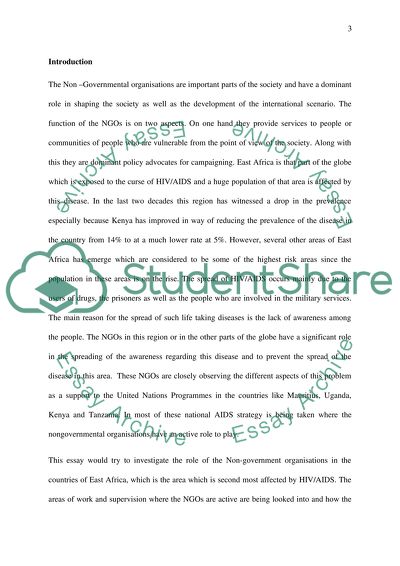Cite this document
(“What Is NGO's The role in raising HIV/AIDS awareness in East Africa Essay”, n.d.)
Retrieved from https://studentshare.org/health-sciences-medicine/1498673-what-is-ngos-the-role-in-raising-hivaids-awareness-in-east-africa
Retrieved from https://studentshare.org/health-sciences-medicine/1498673-what-is-ngos-the-role-in-raising-hivaids-awareness-in-east-africa
(What Is NGO'S The Role in Raising HIV/AIDS Awareness in East Africa Essay)
https://studentshare.org/health-sciences-medicine/1498673-what-is-ngos-the-role-in-raising-hivaids-awareness-in-east-africa.
https://studentshare.org/health-sciences-medicine/1498673-what-is-ngos-the-role-in-raising-hivaids-awareness-in-east-africa.
“What Is NGO'S The Role in Raising HIV/AIDS Awareness in East Africa Essay”, n.d. https://studentshare.org/health-sciences-medicine/1498673-what-is-ngos-the-role-in-raising-hivaids-awareness-in-east-africa.


